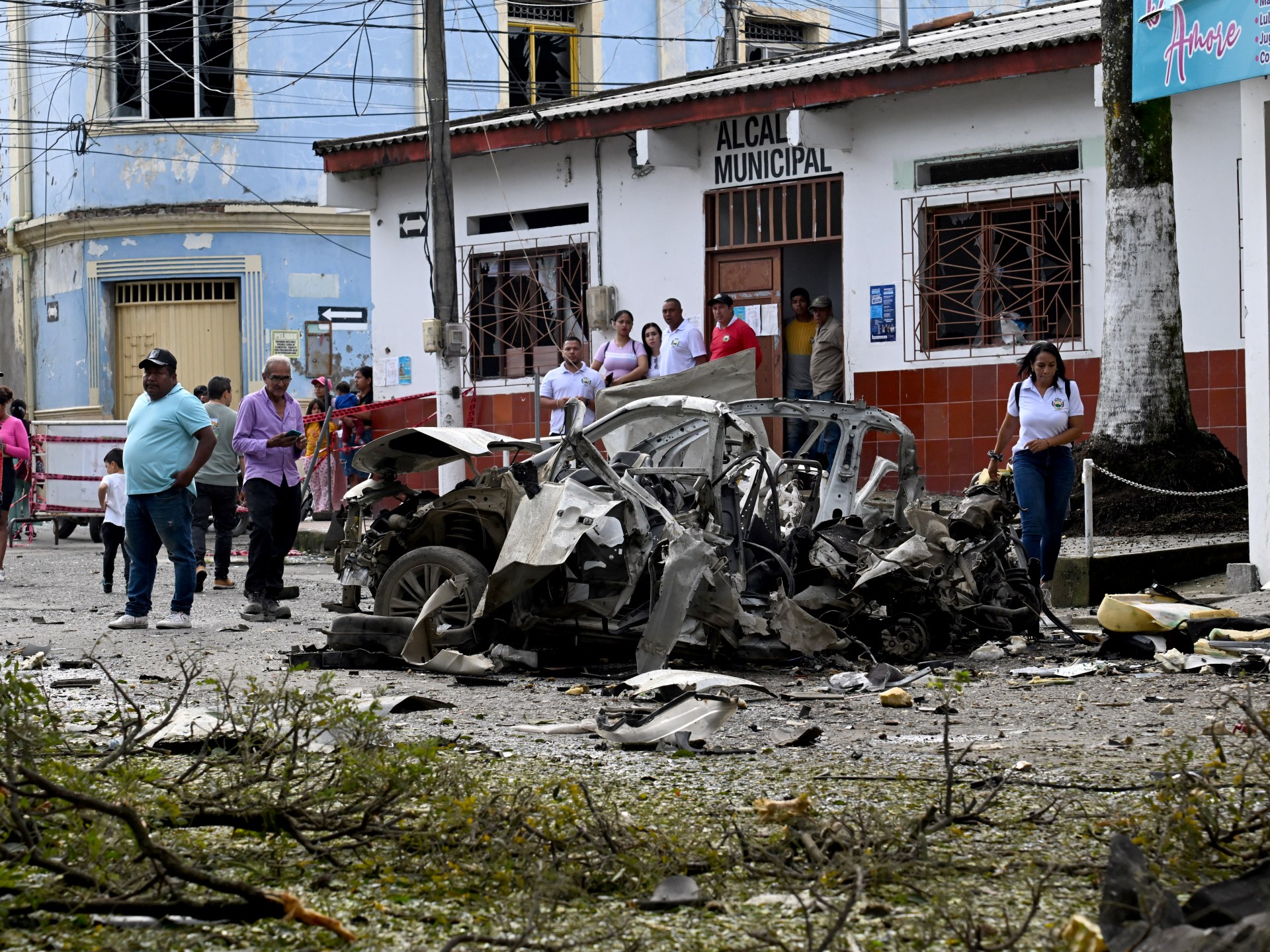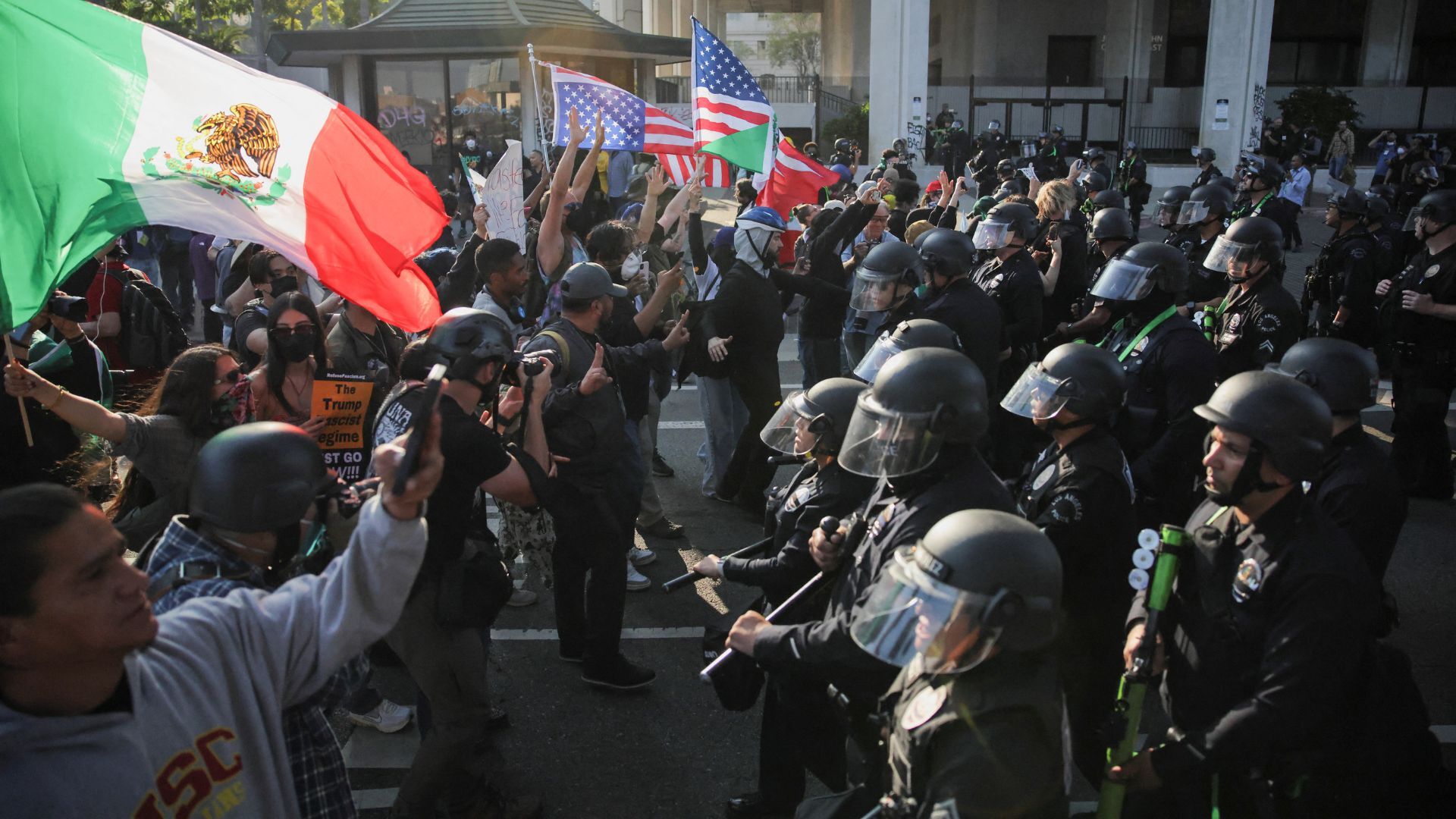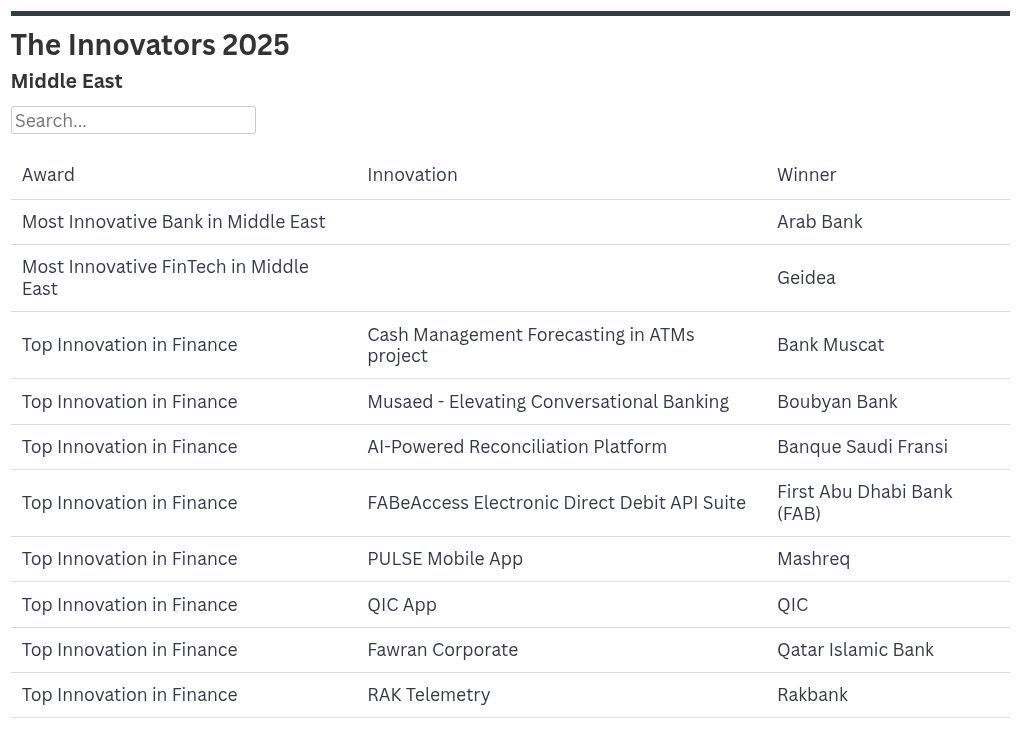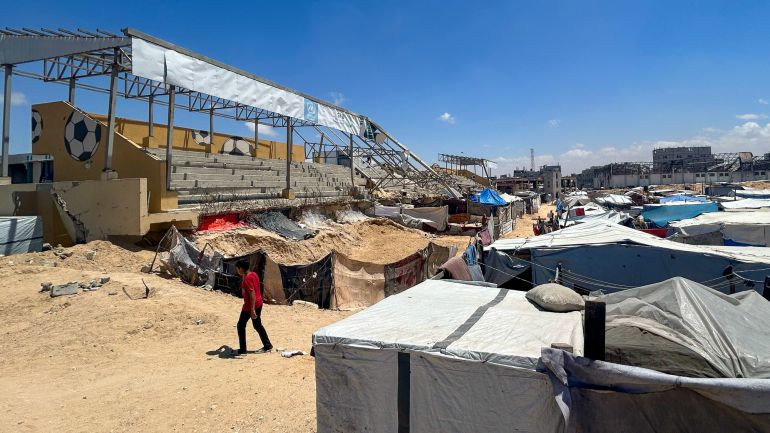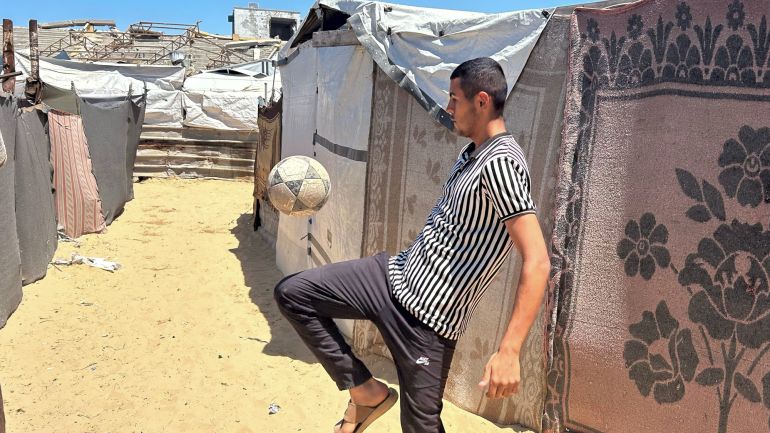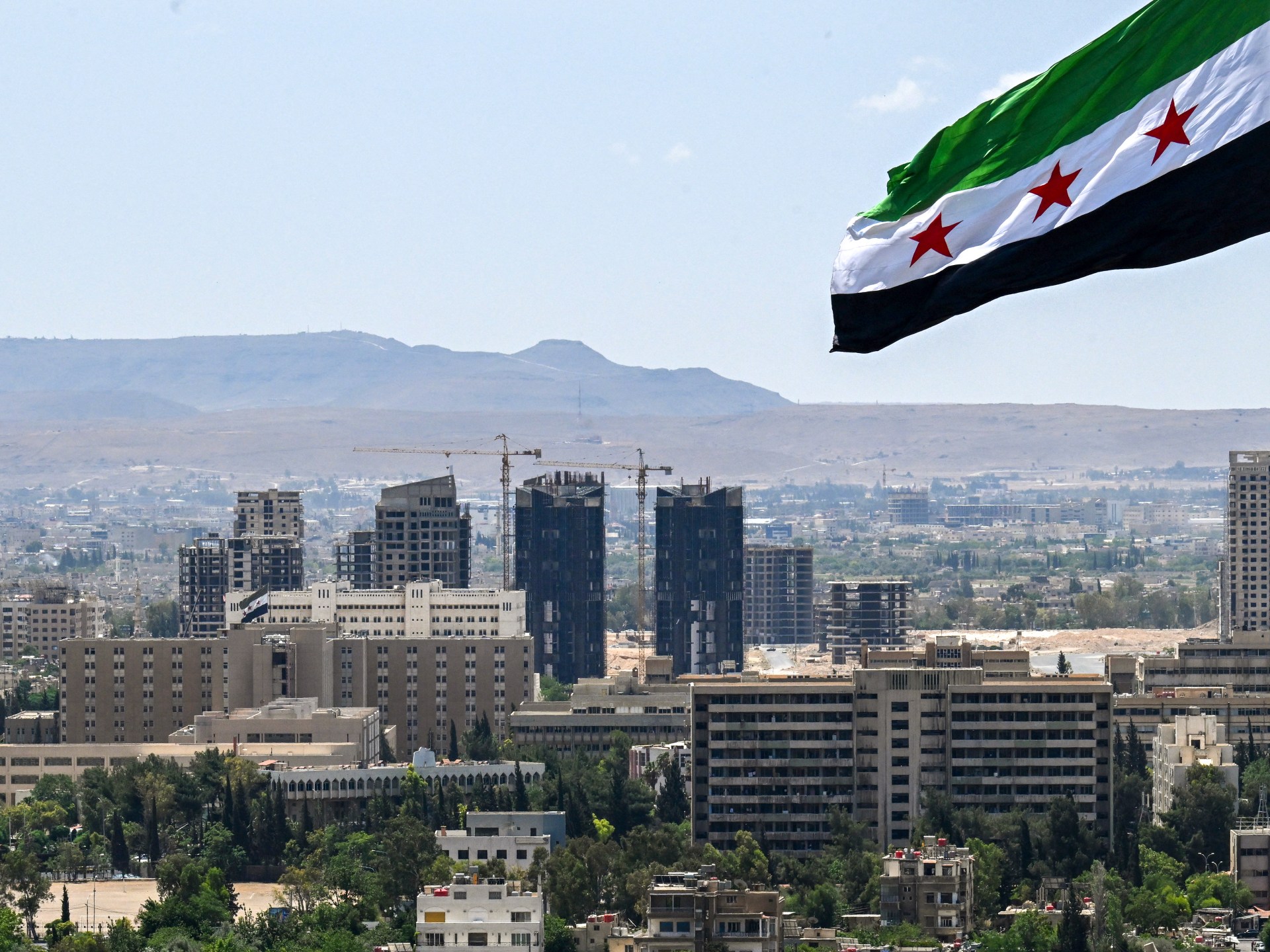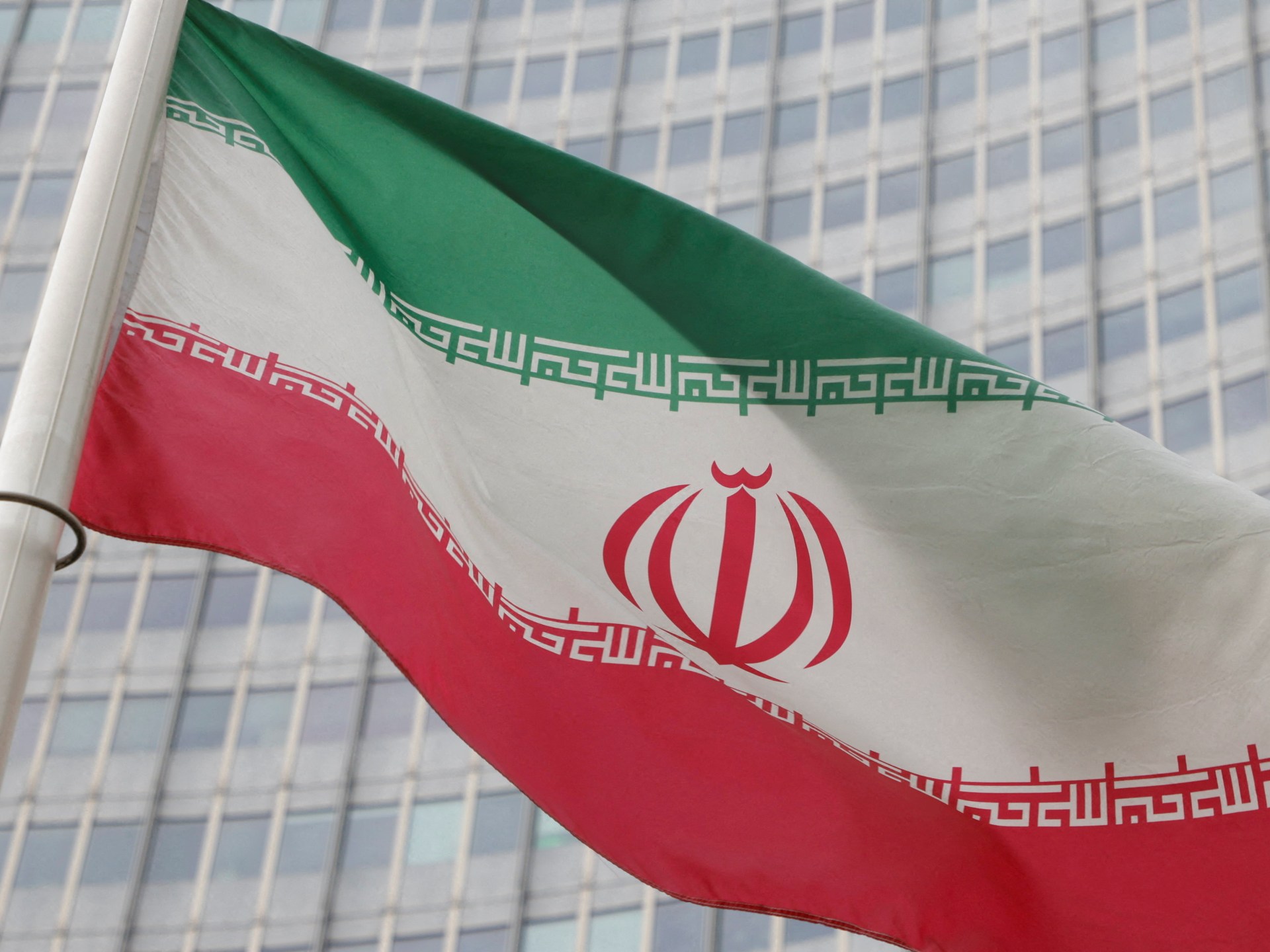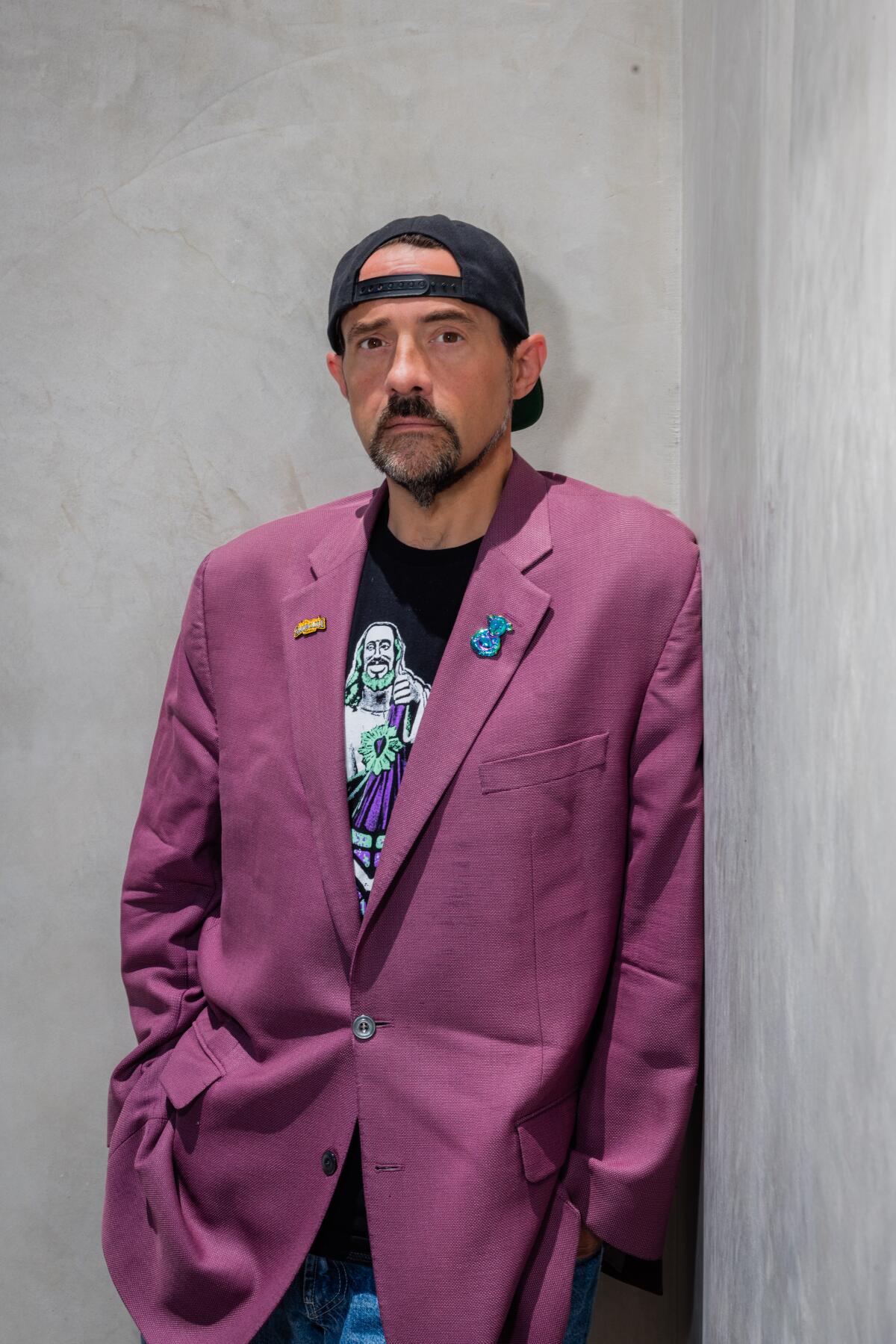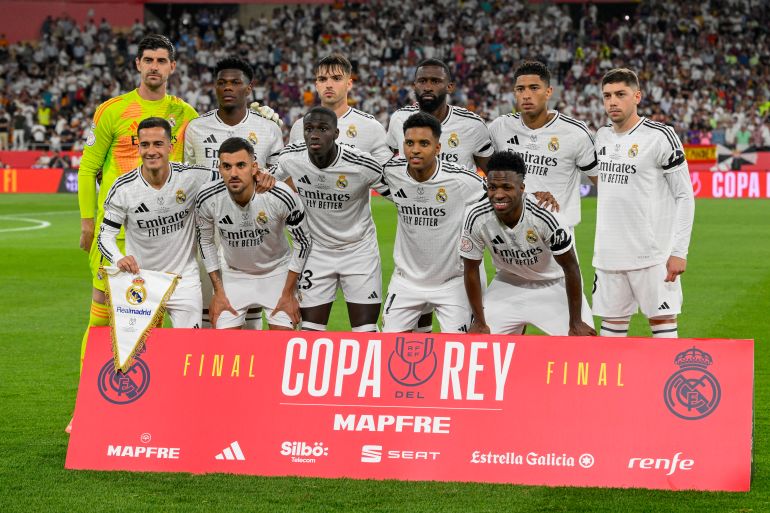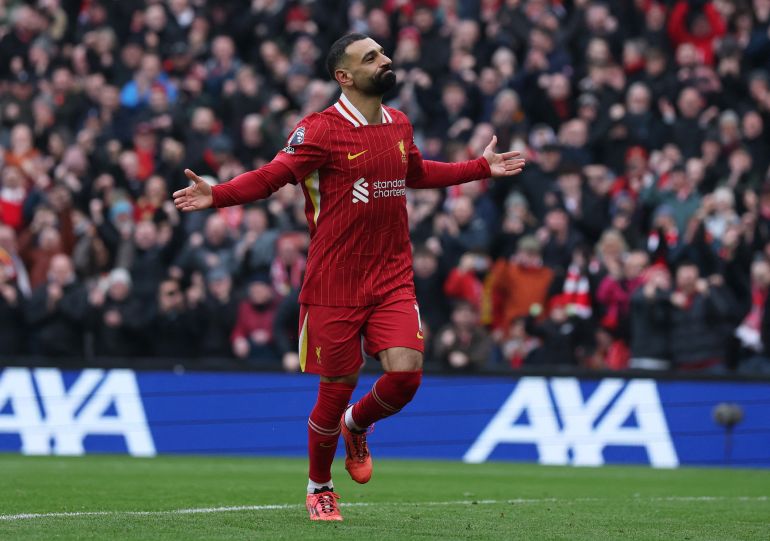Explainer: What is the Global March to Gaza all about? | Gaza News
Thousands of activists from across the globe are marching to the Gaza Strip to try to break Israel’s suffocating siege and draw international attention to the genocide it is perpetrating there.
Approximately 1,000 people participating in the Tunisian-led stretch of the Global March to Gaza, known as the Sumud Convoy, arrived in Libya on Tuesday morning, a day after they departed the Tunisian capital, Tunis. They are now resting in Libya after a full day of travel, but do not yet have permission to cross the eastern part of the North African country.
The group, which mostly comprises citizens of the Maghreb, the Northwest African region, is expected to grow as people join from countries it passes through as it makes its way towards the Rafah crossing between Egypt and Gaza.

How will they do it? When will they get there? What is this all about?
Here’s all you need to know:
Who’s involved?
The Coordination of Joint Action for Palestine is leading the Sumud Convoy, which is tied to the Global March for Palestine.
In total, there are about 1,000 people, travelling on a nine-bus convoy, with the aim of pressurising world leaders to take action on Gaza.
Sumud is supported by the Tunisian General Labour Union, the National Bar Association, the Tunisian League for Human Rights, and the Tunisian Forum for Economic and Social Rights.
It is coordinating with activists and individuals from 50 countries who are flying into the Egyptian capital, Cairo, on June 12, so that they can all march to Rafah together.
Some of those activists are affiliated with an umbrella of grassroots organisations, including the Palestinian Youth Movement, Codepink Women for Peace in the United States and Jewish Voice for Labour in the United Kingdom.
How will they reach the Rafah crossing?
The convoy of cars and buses has reached Libya. After taking a brief rest, the plan is for it to continue towards Cairo.
“Most people around me are feeling courage and anger [about what’s happening in Gaza],” said Ghaya Ben Mbarek, an independent Tunisian journalist who joined the march just before the convoy crossed into Libya.
Ben Mbarek is driven by the belief that, as a journalist, she has to “stand on the right side of history by stopping a genocide and stopping people from dying from hunger”.
Once Sumud links up with fellow activists in Cairo, they will head to El Arish in Egypt’s Sinai Peninsula and then embark on a three-day march to the Rafah crossing to Gaza.
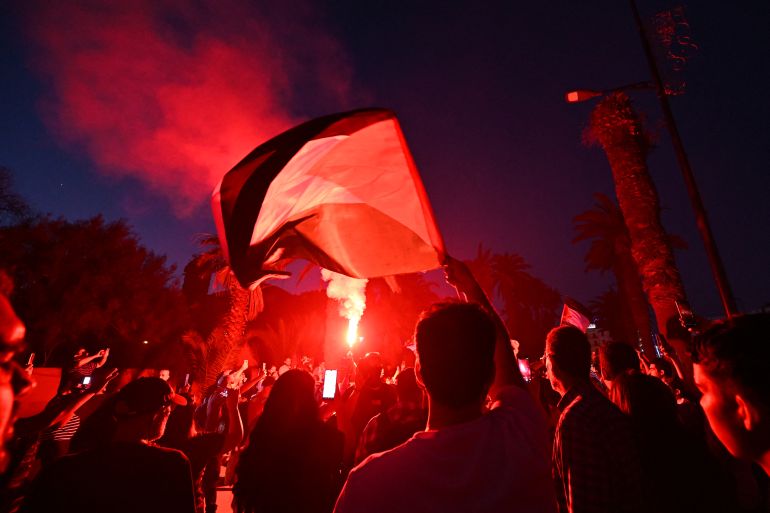
Will the activists face obstacles?
The convoy has yet to receive permission to pass through eastern Libya from authorities in the region. Libya has two rival administrations, and while the convoy has been welcomed in the west, discussions are still ongoing with authorities in the east, an official from the convoy told Al Jazeera on Tuesday.
The activists had previously told The Associated Press news agency they do not expect to be allowed into Gaza, yet they hope their journey will pressure world leaders to force Israel to end its genocidal war.
Another concern lies in Egypt, which classifies the stretch between El Arish and the Rafah border crossing as a military zone and does not allow anyone to enter unless they live there.
The Egyptian government has not issued a statement on whether it will allow the Global March to Gaza to pass through its territory.
“I doubt they would be allowed to march towards Rafah,” a longtime Egyptian activist, whose name is being withheld for their safety, said.
“It’s always national security first,” they told Al Jazeera.
If the convoy makes it to Rafah, it will have to face the Israeli army at the crossing.
Why did the activists choose this approach?
Palestine supporters have tried everything over the years as Gaza suffered.
Since Israel’s genocidal war began 20 months ago, civilians have protested in major capitals and taken legal action against elected officials for abetting Israel’s mass killing campaign in Gaza.
Activists have sailed on several humanitarian aid boats towards Gaza, trying to break a stifling blockade that Israel has imposed since 2007; all were attacked or intercepted by Israel.
In 2010, in international waters, Israeli commandos boarded the Mavi Marmara, one of the six boats in the Freedom Flotilla sailing for Gaza. They killed nine people, and one more person died of their wounds later.
The Freedom Flotilla kept trying as Gaza suffered one Israeli assault after another.
Israel’s current war on Gaza prompted 12 activists from the Freedom Flotilla Coalition to set sail on board the Madleen from Italy on June 1, hoping to pressure world governments to stop Israel’s genocide.
However, the activists were abducted by Israeli forces in international waters on June 9.
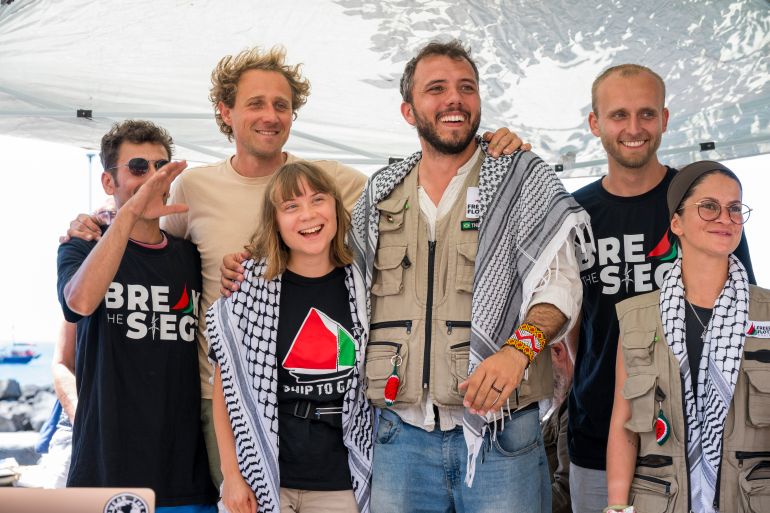
Will the Global March to Gaza succeed?
The activists will try, even if they are pretty sure they will not get into Gaza.
They say standing idle will only enable Israel to continue its genocide until the people of Gaza are all dead or ethnically cleansed.
“The message people here want to send to the world is that even if you stop us by sea, or air, then we will come, by the thousands, by land,” said Ben Mbarek.
“We will literally cross deserts … to stop people from dying from hunger,” she told Al Jazeera.
How bad are things in Gaza?
Since Israel began its war on Gaza on October 7, 2023, it has strangled the food and supplies entering the Palestinian enclave, engineering a famine that has likely killed thousands and could kill hundreds of thousands more.
Israel has carpet-bombed Gaza, killing at least 54,927 people and injuring more than 126,000.
Legal scholars previously told Al Jazeera the suffering in Gaza suggests Israel is deliberately inflicting conditions to bring about the physical destruction of the Palestinian people in whole or in part – the precise definition of genocide.
Global outrage has grown as Israel continues to kill civilians in thousands, including children, aid workers, medics and journalists.
Since March, Israel has tightened its chokehold on Gaza, completely stopping aid and then shooting at people lining up for what little aid it allows in, leading to rare statements of condemnation from Western governments.
